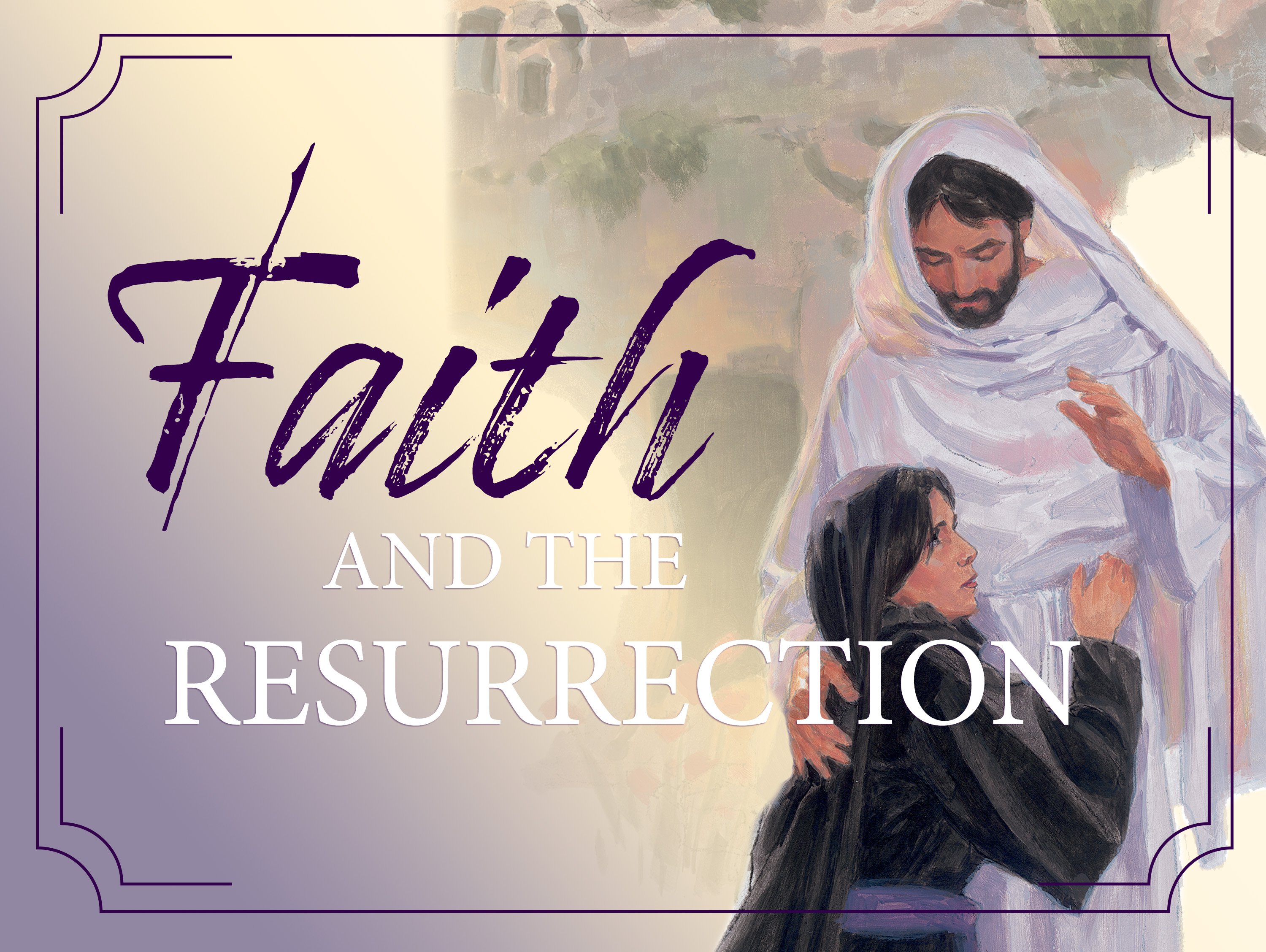One of the most touching scenes in the New Testament takes place in this passage of Scripture. Evidently, Mary Magdalene came back to the tomb, arriving just as John and Peter were leaving.
But Mary stood weeping outside the tomb, and as she wept she stooped to look into the tomb. And she saw two angels in white, sitting where the body of Jesus had lain, one at the head and one at the feet. They said to her, “Woman, why are you weeping?”
She said to them, “They have taken away my Lord, and I do not know where they have laid him.” Having said this, she turned around and saw Jesus standing, but she did not know that it was Jesus.
Jesus said to her, “Woman, why are you weeping? Whom are you seeking?”
Supposing him to be the gardener, she said to him, “Sir, if you have carried him away, tell me where you have laid him, and I will take him away.”
Jesus said to her, “Mary.”
She turned and said to him in Aramaic, “Rabboni!” (which means Teacher).
Jesus said to her, “Do not cling to me, for I have not yet ascended to the Father; but go to my brothers and say to them, ‘I am ascending to my Father and your Father, to my God and your God.’”
Mary Magdalene went and announced to the disciples, “I have seen the Lord”—and that he had said these things to her.
–John 20:11–18, ESV
It was still very early, and she stood beside the tomb weeping, not only because her Lord is dead but also His body has been stolen. What a moment she experienced when, as she turned from looking into the tomb, she saw a man standing nearby. He asked her why she was crying. Mary could not see well through her tear-filled eyes, and she assumed that the man was the gardener. She blurted out an anxious request for the “gardener” to tell her where the body had been taken.
We must remember that this was the same Mary who, as a demon-possessed woman, had been marched through the streets by men who bound her and made money off her. A few years before, her mind had been warped and twisted until she had met the Savior, who had simply spoken her name—as only He could speak it. She had never forgotten that day when her mind was made whole and the demons fled. From that day on, she worshiped the Lord, but now she would never hear that voice again—or so she thought!
Then suddenly she heard the “gardener” speak again. But this time He spoke her name, and He spoke it as only one person could speak it: “Mary” (20:16). And that one word was enough. What a moment it was as the sunlight of glorious realization burst upon Mary’s soul. He is alive! He lives forevermore!
Our Lord is a living, risen Savior. Hallelujah!
Falling at His feet, Mary sought to worship Him. That reaction was not wrong, nor was it wrong for her to touch Him, but the Lord revealed to her that He was not to be clutched. He must ascend to heaven, and she must learn to relate to Him in a different, less tangible way in the future.
In Christ’s statement “Touch me not,” the verb touch means “to fasten to.” What He was implying here was not a mere momentary touching but a clinging to Him. Mary did not realize that a new day had dawned with Christ’s resurrection. From that day, her communion with the Lord would have to be by faith through the Holy Spirit, not by sight and touch as it had been in the past. This would be especially true later after He ascended to the Father.
Communion with the Resurrected Christ
As believers today, we relate to Jesus in a less-tangible way than those who knew Him during His earthly ministry. Yet our relationship with Him is no less real. Easter is a time to give thanks that we can know our risen Savior. Give thanks today. He is risen!
This content is adapted from Chapter 34 of our high school study The Life of Christ.






